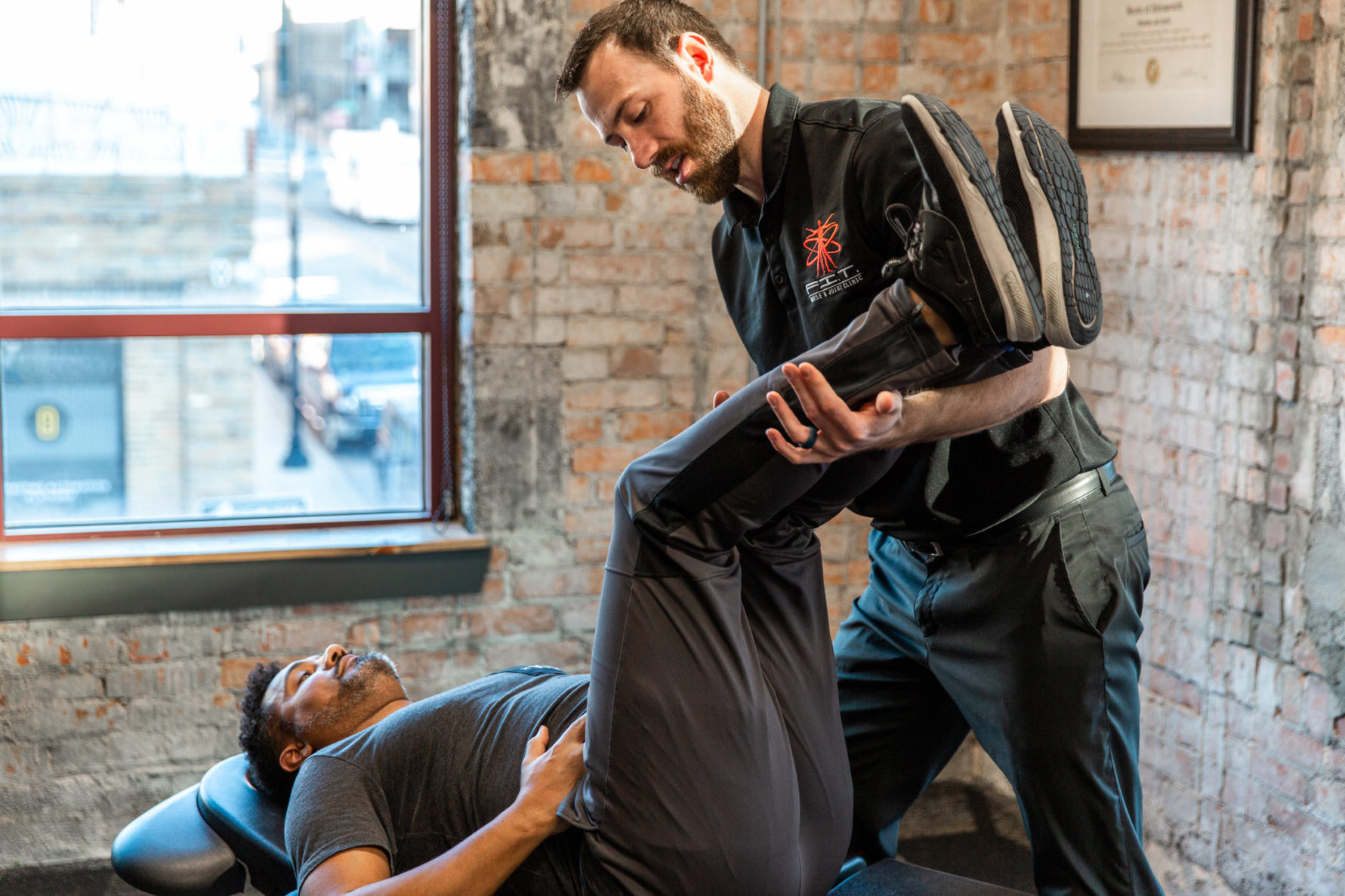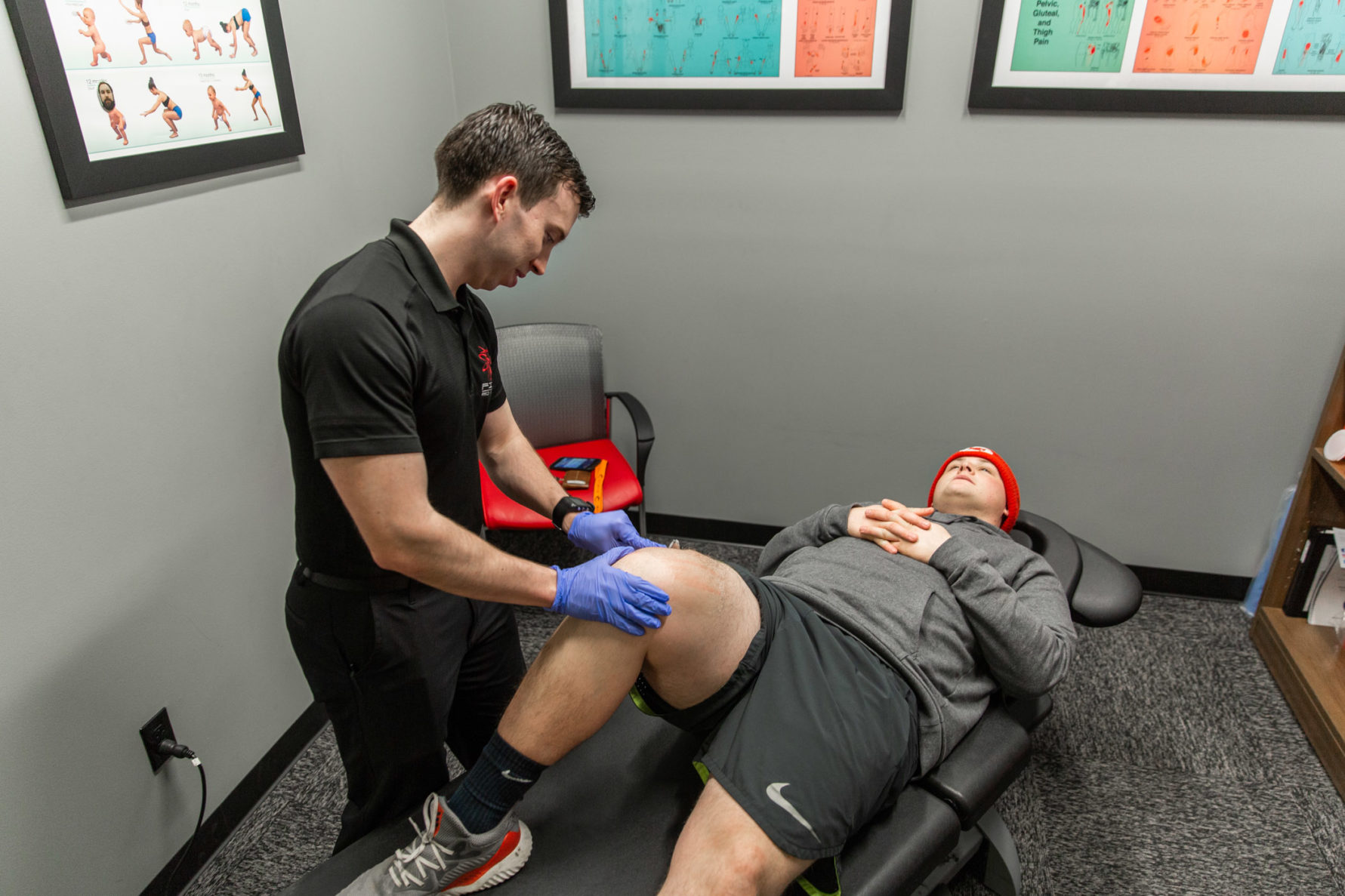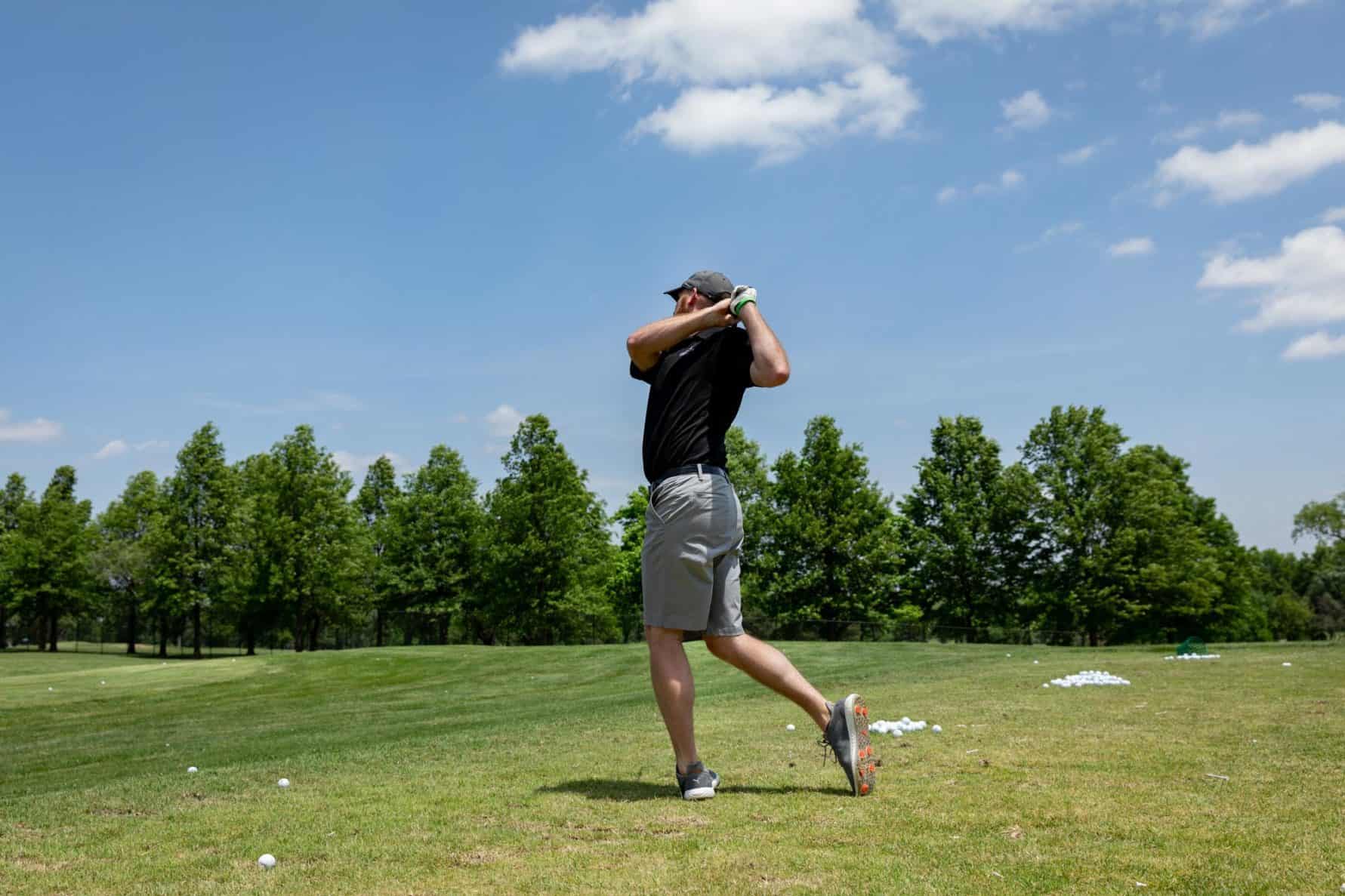
What role does breathing play in your musculoskeletal health?
Brace your core! Flex your core! Flex your abs! Stabilize your core!
These statements are quite familiar to anyone who works out, plays sports or is trying to stay active, but what does it actually mean, how do you properly stabilize, and what can core stabilization do for your overall health?
Core stability is a common focus in training and rehab programs and plays an important role in our musculoskeletal health. The core acts as the foundation for power transfer, allowing force to be transferred from the trunk to the upper and lower extremities. Core stability has also been associated with decreased risk of injury.
Believe it or not, proper breathing mechanics and the utilization of the diaphragm when we engage the core is critical and should never be overlooked in the training and rehab world.
What exactly are your “core” muscles?
The primary muscle used in respiration, the diaphragm, acts as the top layer of the core and plays an incredibly important role in proper stabilization and core activation. The core used to be thought of as the abdominal muscles that attach to the spine and would prevent spine movement during activity. Our current understanding is that the core is made up of more than just the abdominal muscles, and consists of the diaphragm, pelvic floor, abdominal muscles, obliques, and the deep stabilizing muscles in the spine called the multifidi. When these muscles that make up the core are activated together, it is called intra-abdominal pressure (IAP).
Creating IAP for movement is important because it allows us to move effectively without sacrificing stability.
Proper breathing mechanics are the first step in developing IAP.
When we inhale, the diaphragm should descend which will create room for the lungs to expand and fill with air. The diaphragm descending will then create an outward expansion of the abdominal wall and eccentrically (activation while a muscle is lengthening) load the core muscles. The ability to maintain this pressure while performing movement is an incredibly efficient and resilient strategy for engaging the core and will not only decrease the prevalence of injury but also improve athletic performance.
For many individuals, a chest dominant breathing strategy may prevent the diaphragm from descending and creating that top layer of core stability. When we are rehabbing an injury or helping someone learn to move better, we perform a breathing assessment and core stress tests to observe the individual’s stabilization strategy. When we perform breathing and core assessments, we apply resistance to either the lower or upper extremity and observe the rib cage to see whether the individual attempts to arch the back or flare the ribs upwards to maintain the resistance. In individuals who flare the ribs and arch the back to perform these tests, we know that the diaphragm is not being utilized efficiently in their core brace and proper intra abdominal pressure is not being created.
You can perform one of these tests at home by laying flat on your back and raising the legs a couple of inches. To pass the test your low back should not arch when you raise the legs and you should not feel your abdomen sink in. If you notice your low back arch when you perform this, or if you feel pain with particular movements, please reach out to have one of our chiropractors or physical therapists help.



